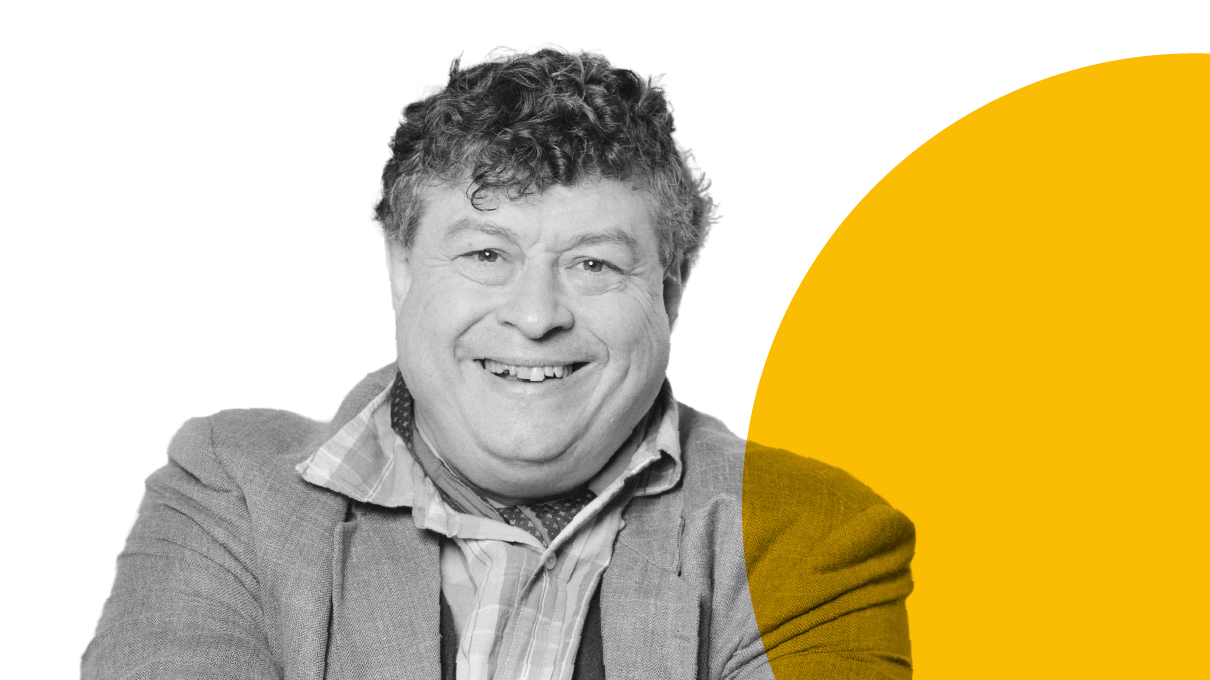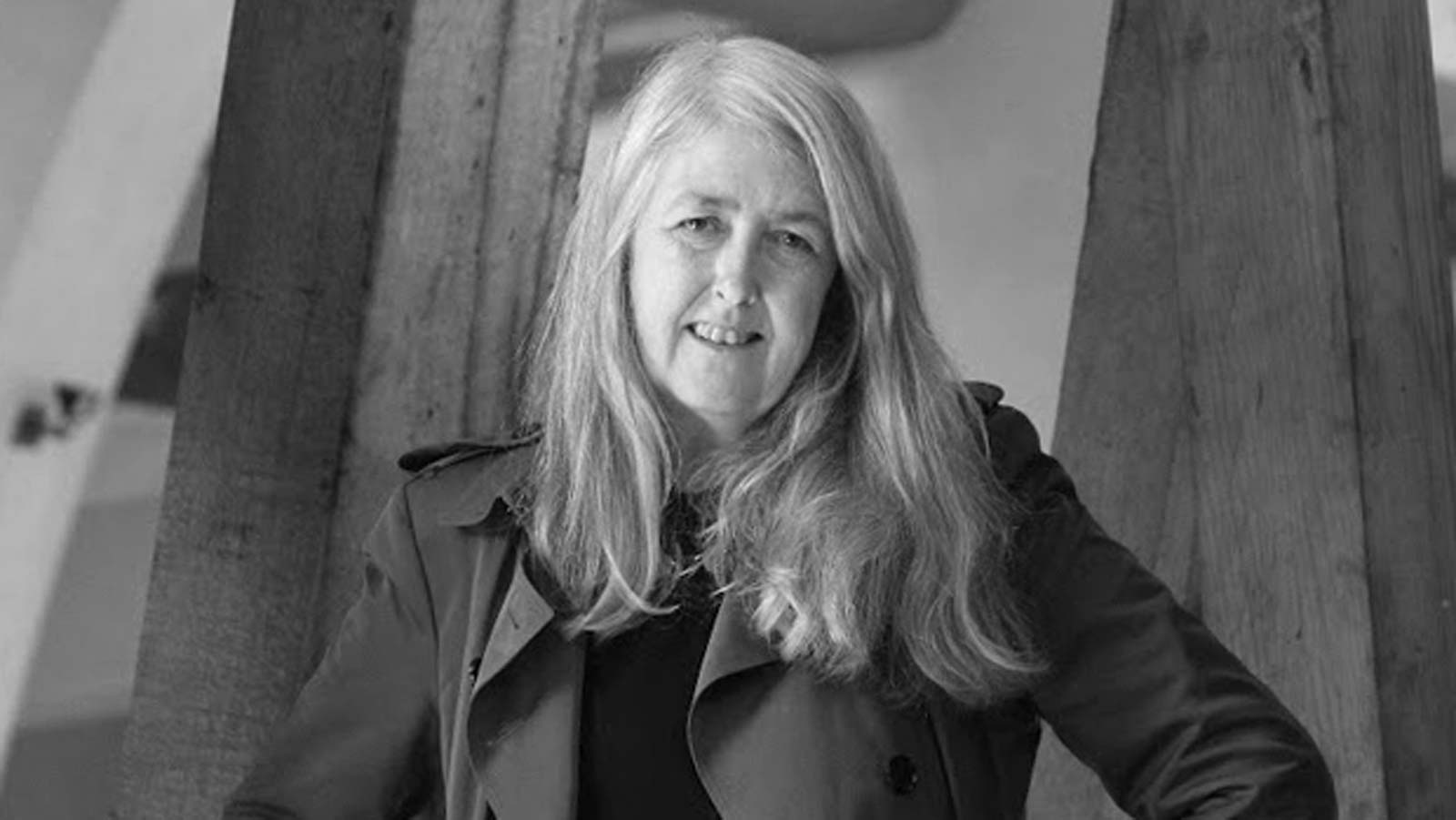Everyone tells me I’m not much better than a goldfish.
It is suggested our attention spans are getting shorter. Some unkindly suggest that the average capacity for human attention is now shorter than the nine second bar set by our attentive aquatic chums.
Forgive me for taking this personally, but I’m just not entirely convinced this is true. If my attention span has been so decimated then how did I manage to spend four hours watching Netflix last night? To such a point in fact that my computer had to check I was conscious and wanted to ‘Continue watching?’
I think it’s better perhaps to consider attention as a muscle, with a reflex for diverting itself elsewhere if it knows what is going to happen next and doesn’t like it. The proliferation of screens in our daily lives has ushered in a deluge of information and our attention has had to adapt. I think this reflex is now quicker than it ever has been.
"The key isn’t just cutting down everything and force-feeding people an eyeball-busting six second sensory overload, it’s offering the audience options on when to choose to immerse, when to be brief and when to be gone."
- Paddy Collins, Industry Manager, YouTube UK
Which brings us to advertising. With these new screens has come a slew of new advertising. People are now exposed to thousands of commercial messages each day. Some short, some long, some skippable, some forced, a few on giant animated billboards and hundreds in feeds moving at breakneck speeds.
At the beginning of this year YouTube stopped serving adverts that you had to watch for 30 seconds before seeing the video your wanted, because it wasn’t a good viewing experience. Simply put, if I’m not interested in something, then being forced to get through thirty seconds of it feels interminable. On the other hand if I am paying attention, then thirty seconds is too fleeting.
While perhaps a simple change to make, this has profound effects on how we try and capture attention.
The most successful digital campaigns draw this thinking into their orchestration. They balance longer skippable pieces with shorter bites that tease, amplify, or echo the message. The key isn’t just cutting down everything and force-feeding people an eyeball-busting six second sensory overload, it’s offering the audience options on when to choose to immerse, when to be brief and when to be gone.
At SxSW earlier this month we unveiled the entries into our Greatest Story Ever (Re)Told initiative in which 13 creative agencies from around the world came together to reimagine traditional fairy tales in bunches of 6 second, 15 second, and skippable pieces. The Three Little Pigs became a bickering reality show, Rapunzel was recast by renowned trap artist Nadia Rose and very much in control of whether she decided to let her hair down, the Ugly Duckling asked us searching questions of what it means to grow older, and Cinderella got a film noir makeover.
Seeing these stories as systems, as opposed to linear narratives, gave new ways into classic tales. Setting up casts of characters in unfamiliar orders, playing with pacing, framing unusual shots, drawing everything together with a visual or audio motif, teasing big reveals or punching hard from the first second with bold colours – these were just some of the techniques that allowed our agencies to build a world for viewers to immerse themselves in with just three formats lengths.
The significant difference can be seen in the change of narrative arc. Single 30 seconds adverts traditionally lead in gently, build, climax with a big reveal or punchline, then resolve to make an offer and show the brand. These new systems though unfold on a different tempo, they have unexpected shifts and subtle clues, there are multiple peaks and ultimately, more story for those who choose it. For digital audiences this pulsing and engaging style is how you short-circuit the reflex to skip and hook attention. The narrative arc oscillates and becomes more about hitting repeated heartbeats, not lumbering up one steep hill.
At YouTube, we use freely available analytics to see where in the fairy tale films people paid attention and where did they drop away. Over the coming weeks we’ll also use studies and surveys to see which of the stories were most memorable. This ability to test and experiment is a crucial component of evolving our storytelling.
Sharper reflexes and smaller screens are changing the visual language of advertising and our perception of pace. If you do the same old thing you’ll get the same old results, but try something new, something different and built to how people are consuming – then I suspect people will really start paying attention to you.
Find the Fairy Tales at retold.withyoutube.com and watch our session 'Once Upon A Time in AdLand: Fairytale Formats for Video' from Advertising Week Europe 2018, to hear from BBH London and Ogilvy London speak about the initiative directly.







